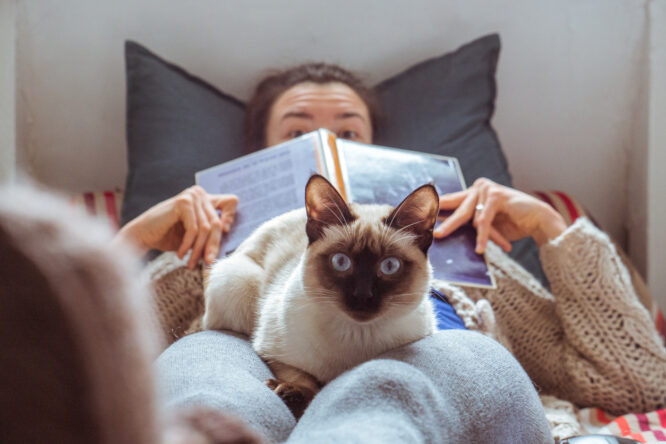Selective breeding has given us some of the most unique and striking cat breeds, but it hasn’t come without cost.
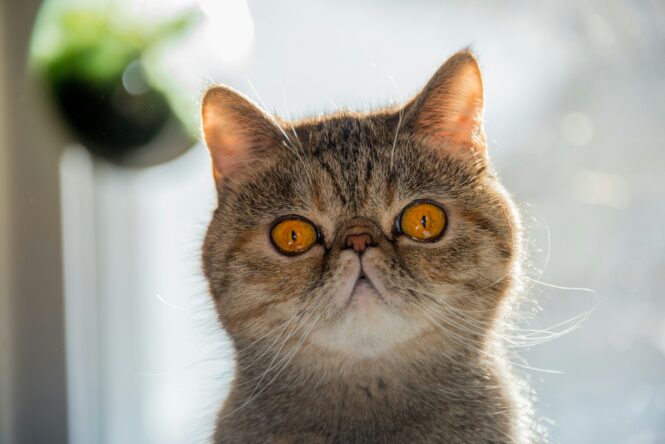
Instead of letting nature take its course, humans have insisted on genetically engineering their ideal felines, regardless of the effects it would have on the animal’s well-being. Many popular breeds carry inherited health problems that can seriously affect their wellbeing over time. Here are some of the most affected breeds and some of the issues they often have.
1. Scottish Fold
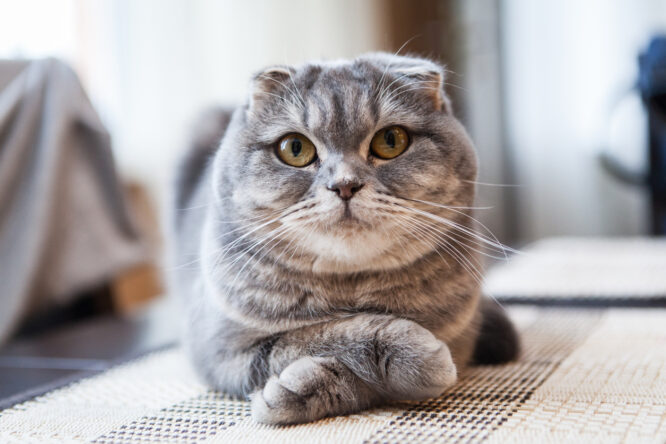
With their adorable folded ears and wide-eyed expressions, Scottish Folds are hard to resist. But their signature look is caused by a cartilage mutation that affects much more than just their ears. That same genetic quirk can also lead to osteochondrodysplasia, a painful condition that causes joint and bone problems throughout their body.
This often leads to early-onset arthritis and mobility issues, sometimes even while the cat is still young. Sadly, this condition is unavoidable in true Scottish Folds—it’s part of what creates their appearance, which means many suffer simply because of how they’ve been bred to look.
2. Persian
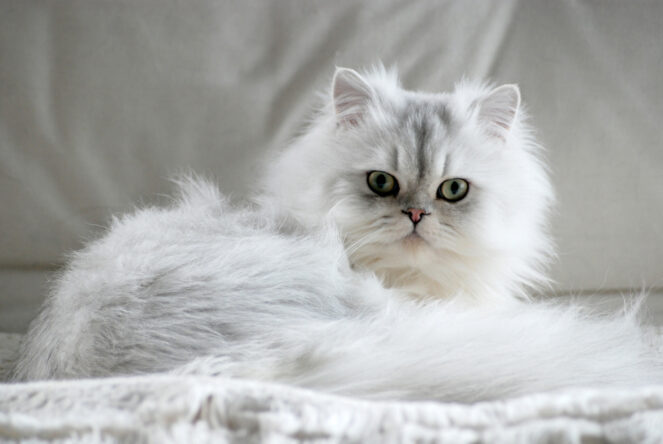
Persian cats are known for their luxurious coats and flat, doll-like faces, but those same features can bring a lot of health issues. Their brachycephalic (flat-faced) structure often leads to breathing problems, eye drainage issues, and dental misalignment, all of which can make day-to-day life uncomfortable.
On top of that, Persians are prone to polycystic kidney disease (PKD), a genetic condition that can lead to kidney failure over time. Regular health screening helps, but it doesn’t erase the fact that selective breeding has made many Persians vulnerable to chronic health problems from an early age.
3. Munchkin
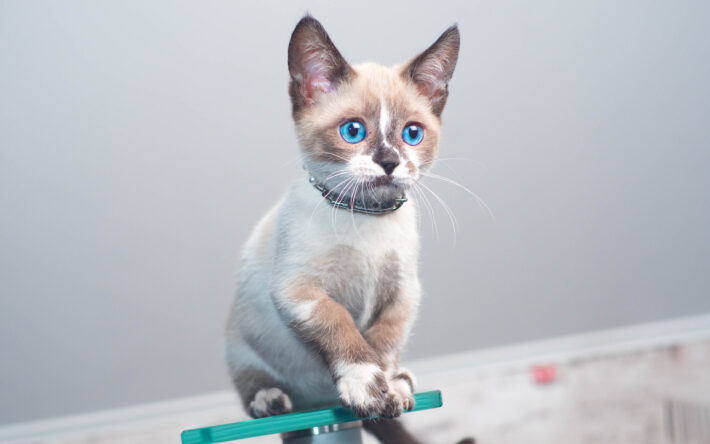
Munchkin cats have short legs and a low-slung walk that sets them apart, but that look comes with serious risks. Their dwarfism is caused by a genetic mutation that can lead to spinal curvature, joint stiffness, and difficulty jumping or climbing like a typical cat.
While they’re often playful and sweet, their physical limitations can impact their quality of life. Some animal welfare groups even oppose their breeding, pointing to the increased likelihood of arthritis and reduced mobility caused by intentionally stunting limb growth.
4. Manx
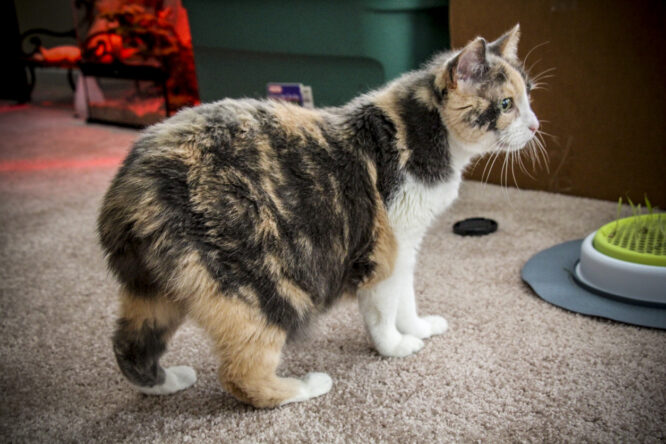
Famous for their missing or shortened tails, Manx cats have a striking appearance, but it’s one that often comes with hidden complications. The same gene that causes their tailless look can lead to Manx syndrome, a condition affecting the spine and nervous system.
This can result in incontinence, limb weakness, and in severe cases, paralysis. Not every Manx cat develops these issues, but the risk is significantly higher than in tailed breeds, making careful and ethical breeding especially important in this case.
5. Sphynx
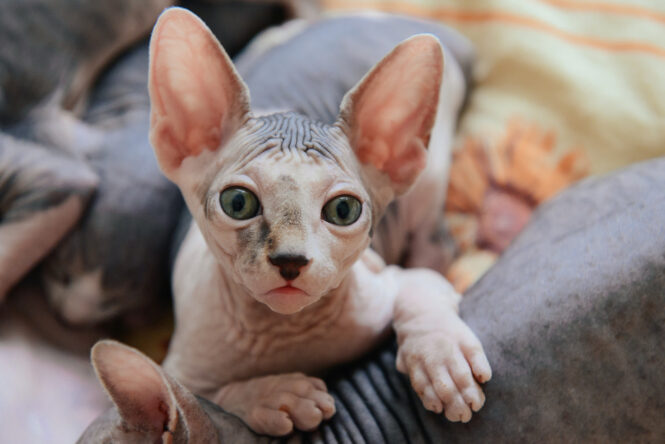
The Sphynx cat’s hairless body makes them one of the most recognisable and unique breeds out there. But their lack of fur comes with its own challenges. Their skin is more prone to infections, sunburn, and oil buildup, and they often need regular baths to stay healthy.
They’re also known for being prone to heart issues—specifically hypertrophic cardiomyopathy, a condition that causes the heart muscles to thicken. This can shorten their lifespan and require ongoing monitoring from a vet. Behind their striking look is a breed that needs lots of extra care and attention.
6. Exotic Shorthair
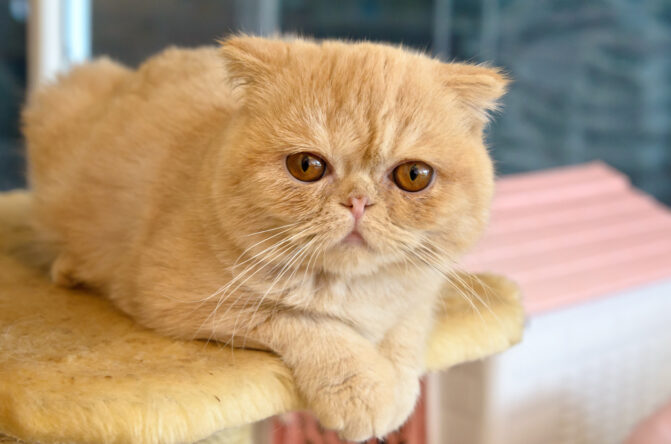
Exotic Shorthairs have the same flat face as Persians, but with a short, plush coat. Unfortunately, they inherit many of the same health issues too. Their brachycephalic structure can cause breathing difficulties, frequent eye problems, and dental crowding, which all require regular management.
They’re also susceptible to polycystic kidney disease (PKD), and without genetic testing, this can go unnoticed until it becomes serious. While they’re low-maintenance in terms of grooming, their health often demands a bit more vigilance behind the scenes.
7. British Shorthair
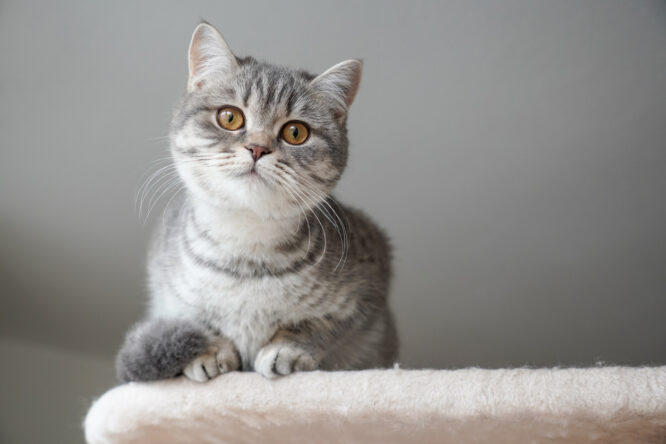
Chunky, calm, and known for their round faces, British Shorthairs are beloved for their cuddly appearance. But this compact body type isn’t always problem-free. They’re prone to hypertrophic cardiomyopathy, which can lead to heart failure if left undetected.
They also tend to struggle with obesity, which puts extra pressure on their joints and can worsen other underlying health conditions. While they’re usually easygoing companions, their health needs shouldn’t be underestimated just because they look sturdy on the outside.
8. Burmese
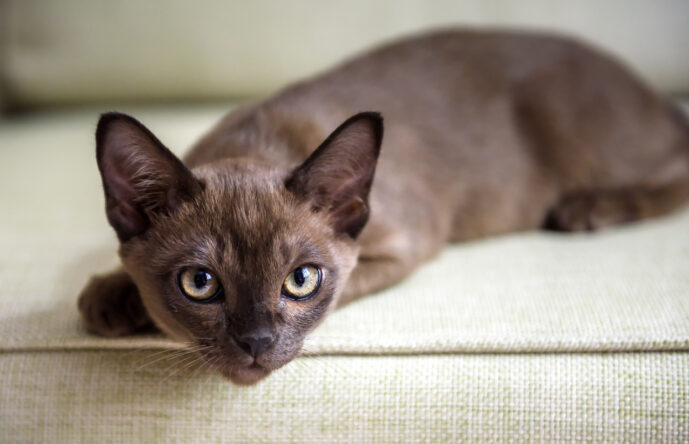
Burmese cats are playful, social, and affectionate, but selective breeding has left them with a few vulnerabilities. Some lines have developed a condition called hypokalaemia, which causes low potassium levels, leading to muscle weakness and poor coordination.
They’re also at higher risk for cranial deformities in kittens, especially when two Burmese cats with extreme facial features are bred together. Ethical breeding practices can help reduce these risks, but health concerns still crop up more often than in mixed-breed cats.
9. Devon Rex
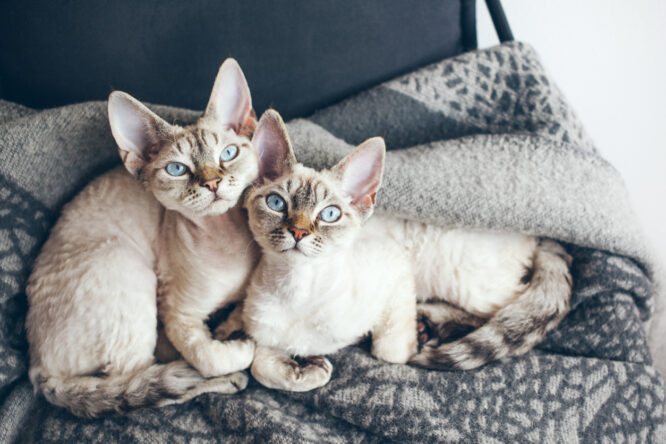
Devon Rex cats have a unique appearance—oversized ears, wide eyes, and wavy fur. While they’re undeniably charming, they’re also known to develop hereditary myopathy, a condition that affects muscle function and can cause weakness or fatigue.
In some cases, affected cats struggle to hold up their heads or move around easily. They also have delicate coats that require gentle handling and can be prone to skin issues. Their quirky looks are appealing, but they often need more specialised care than many realise.
10. Bengal
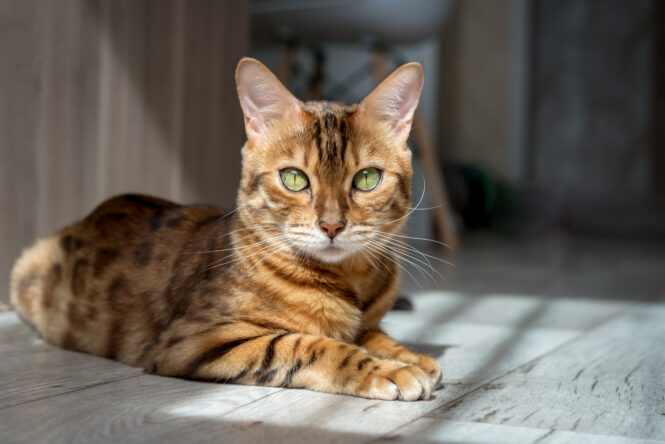
Bengals are striking, athletic cats known for their wild markings and high energy levels. But some lines have issues with flat-chested kitten syndrome and hypertrophic cardiomyopathy, both of which can lead to serious health complications if not identified early.
Because Bengals are bred for a certain “wild” aesthetic, overbreeding or poor breeding practices can worsen these risks. They’re generally healthy when responsibly bred, but potential owners should still ask breeders about health screening and genetic testing to avoid surprises later on.




